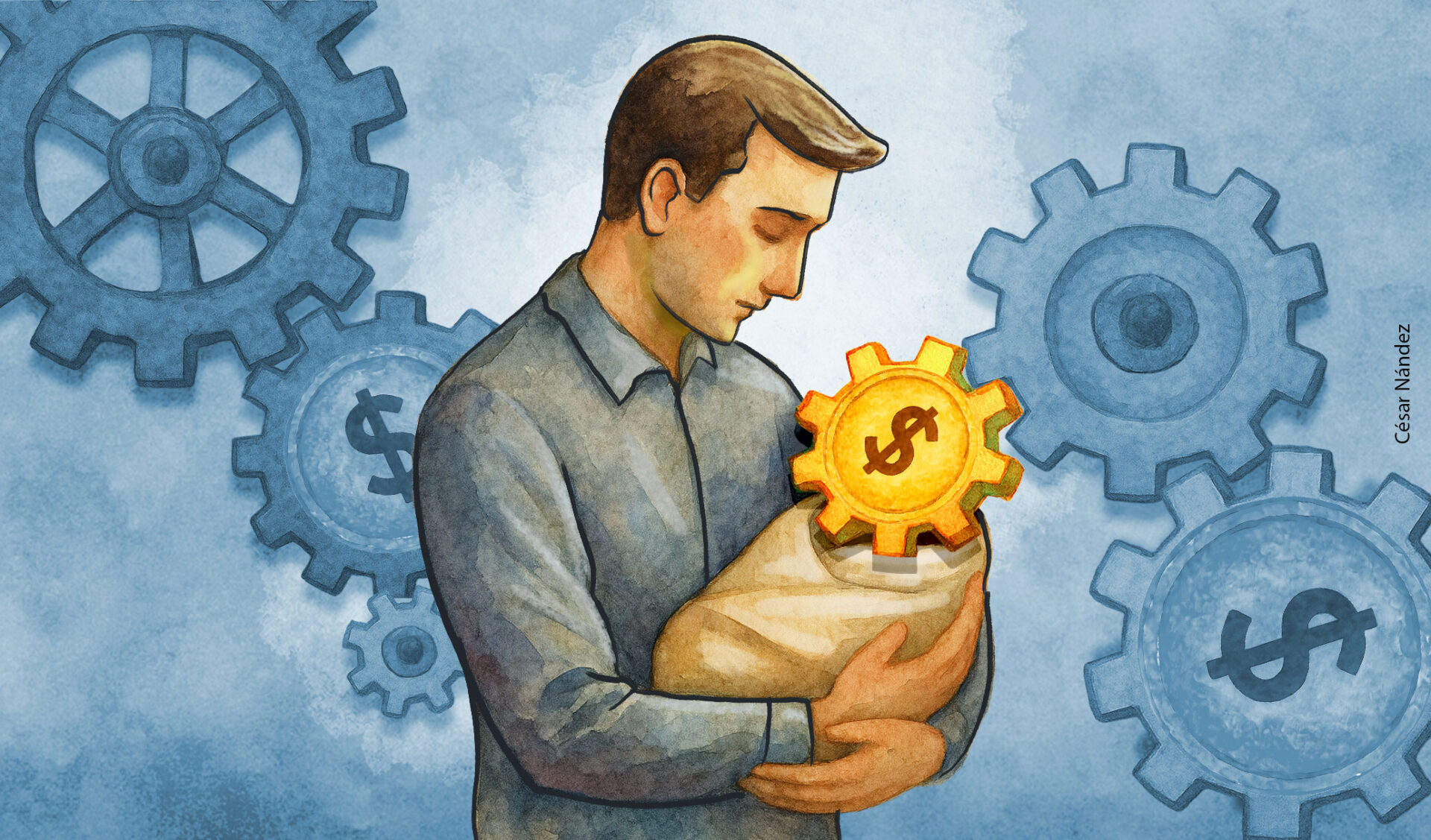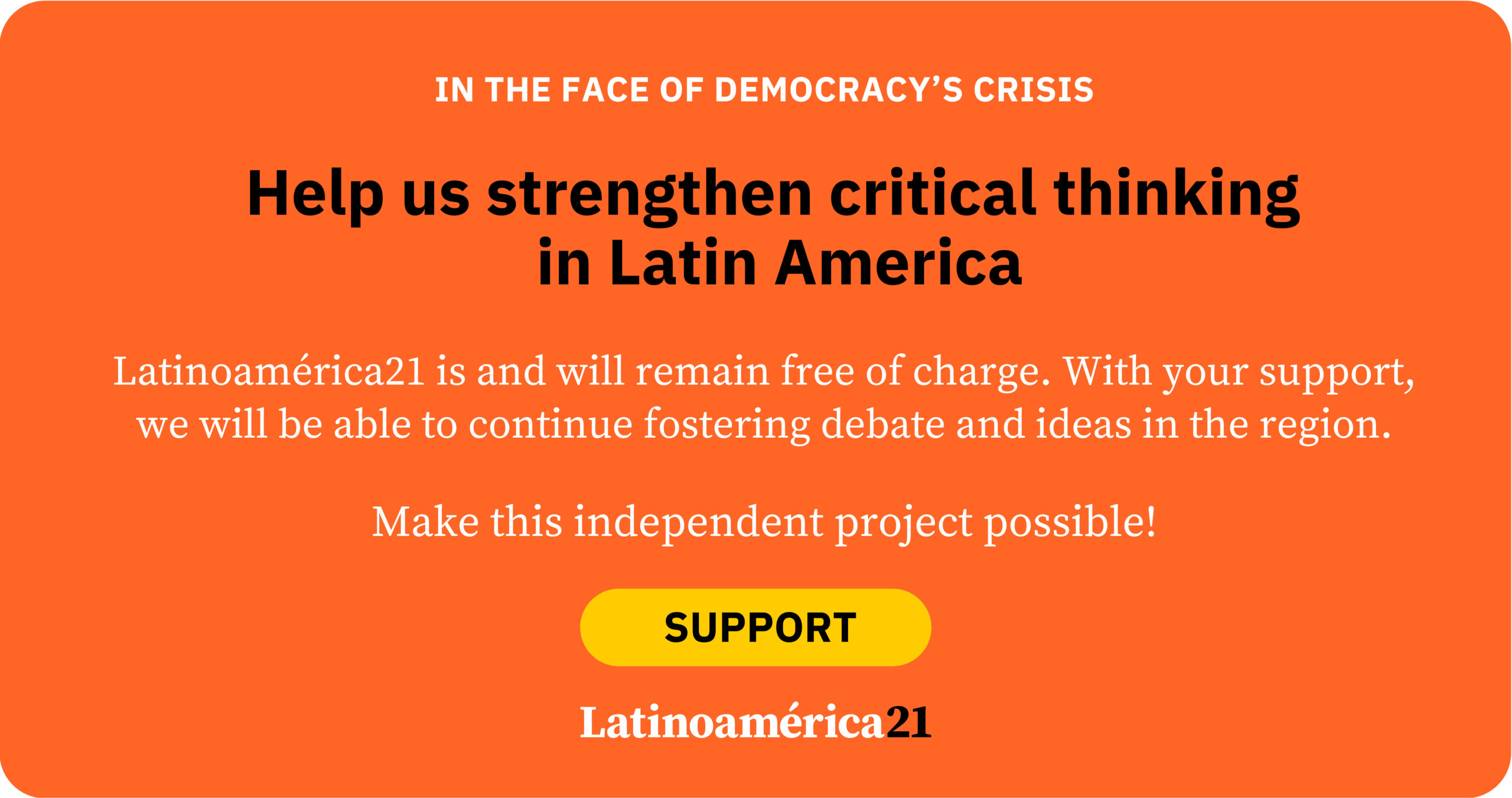Men typically do not take parental leave when they become fathers. Around 90 out of 187 countries offer legally mandated paid paternity leave, generally lasting a few days or weeks. Nevertheless, its usage remains low for several reasons that go beyond mere anecdotal evidence: it is a deep-seated symptom of how gender roles operate in our society.
Even today, social norms persist that associate child-rearing primarily with mothers. Many men are raised to believe their main role in the family is to provide, not to care. Taking paternity leave may be seen as a “weakness” or a lack of commitment to one’s job, provoking fears of workplace retaliation or stalling career advancement. In highly competitive corporate cultures, this can be especially discouraging.
On the other hand, there are economic and policy design barriers. In some countries or companies, paternity leave is short, poorly paid, or not mandatory, which disincentivizes its use. Moreover, if the family relies more heavily on the father’s income (due to wage gaps or other reasons), taking leave may represent a significant financial loss.
When fathers choose not to take the time the law grants them to care for their newborns, they send —intentionally or not— a clear message: that childcare remains primarily the responsibility of women. This repeated and widespread omission has systemic consequences both at home and in the workplace.
Why does this reinforce inequality?
Mothers, by shouldering parental leave and the bulk of daily caregiving alone, are more exposed to career breaks, part-time work, or giving up roles with demanding schedules. Meanwhile, men maintain their career continuity, thereby increasing their professional capital and chances for promotion.
In the workplace, this dynamic perpetuates gender bias in hiring and promotion. Companies assume that a young woman is likely to take time off for maternity and child care, whereas men are not. This results in fewer advancement opportunities for women, more barriers to leadership roles, and ultimately a persistent wage gap —even when women and men have the same training and performance.
Additionally, it creates a vicious cycle: if men don’t take leave, it becomes an informal norm not to do so, fueling the stigma against those who do wish to take on caregiving roles. Some studies show that many fathers who want to take leave face social pressure or fear workplace penalties. Thus, the notion that men are providers and women are caregivers is normalized, even in contexts where both work outside the home.
Statistics reveal low male participation in paternity leave
In the United Kingdom, only 31.6% of eligible fathers take paternity leave, even though the current policy allows for two weeks of paid leave. In France, approximately 40% of fathers take paternity leave. In Japan, although the law allows up to one year of paternity leave, only 30% of fathers take it, due to rigid work norms and cultural expectations —similar to South Korea, where just 17% of fathers take advantage of the policy, despite it allowing up to 53 weeks of paid leave.
In the United States, there is no federal paid paternity leave policy, leading to very low male participation in child care —in contrast to Canada, where such leave exists, but still only 35% of fathers use it. In Latin America, only 27% in Brazil and 12% in Chile take paternity leave, despite legal provision and companies sometimes offering more than required by law.
All these figures reflect how cultural norms, labor policies, and social expectations shape men’s participation in paternity leave worldwide.
To encourage more fathers to take parental leave, policies must be equal, well-compensated, mandatory, and socially valued. This is how caregiving responsibilities begin to be equitably shared, breaking down gender stereotypes from the earliest days of child-rearing.
Rewarding workplace presenteeism: The great barrier
Claudia Goldin —Nobel Prize winner in Economics in 2023— has extensively researched how presenteeism is still valued in many companies, and how this negatively affects women, particularly in their career and salary progression. Presenteeism refers to the belief that physically being in the workplace for long hours (regardless of results or productivity) signals commitment or professional worth.
Goldin has shown that the highest-paying careers tend to reward total availability (24/7), penalizing those who cannot work continuously and inflexibly, like many women with caregiving duties. Even in sectors with high female participation, such as medicine or law, top positions often demand unpredictable hours and long workdays. This leads many women to choose more flexible but lower-paid or less-prominent roles, contributing to the persistent gender pay gap.
The issue isn’t just the lack of family-friendly policies, but a system that values time over efficiency. This discourages flexible work models, even though technology now allows new forms of labor organization. In Goldin’s words: “The problem isn’t so much direct discrimination, but the structure of work that punishes flexibility.”
The wage gap discourages men from taking leave
In many heterosexual couples, the man earns more than the woman. This income gap, which may seem logical when deciding who should stay home, is actually the result of years of structural inequality. Thus, when a child is born, family economics often lead to the woman taking leave —because “less income is lost.” This decision, though practical in the short term, reinforces the woman’s role as caregiver and the man’s as provider, perpetuating stereotypes that later influence career decisions.
Numerous studies show that women experience what’s known as the “motherhood penalty”: after having children, their career progression slows, promotion opportunities diminish, and in some cases, their income falls. In contrast, men are not only not penalized for becoming fathers —they often receive a “fatherhood bonus” due to perceptions of stability or commitment.
This happens in part because men don’t take extended absences from work, unlike many women. The unequal use of parental leave reinforces this wage gap, creating a cycle where women lose purchasing power and economic autonomy —which in turn affects future family decisions. When women take on the bulk of childcare, their participation in the labor market declines: they work fewer hours, choose more flexible but lower-paid jobs, or forgo leadership opportunities. This consolidates the wage gap, which in turn reinforces the pattern that they should continue managing the home, because they “earn less.”
What can be done?
To achieve real transformation, deep changes are needed. Companies must stop valuing only physical presence and instead support work systems based on results, flexibility, and shared responsibility. Public policies must ensure equitable, well-paid, and mandatory parental leave for both parents. Only when caregiving is shared and work is structured with a gender perspective can we speak of true and sustained equality in the professional world.
Breaking this pattern requires more than well-drafted policies; it demands a profound cultural shift that values men’s roles as caregivers and women’s roles as leaders. As long as care responsibilities are not equitably distributed from birth, women will continue to face disadvantages in the workplace —and men will continue to miss out on the chance to be present fathers from day one.
*Machine translation proofread by Janaína da Silva.













